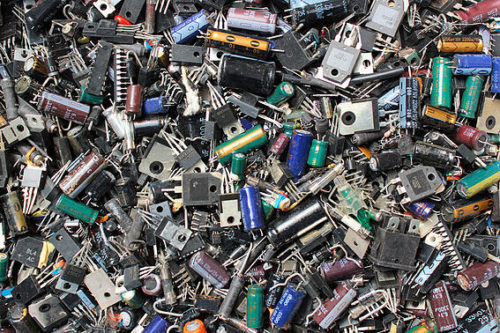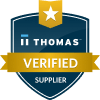
End-of-life (EOL) is a term used to indicate that a product has reached the end of its useful life from the vendor’s perspective. When a product reaches its EOL, this means it will no longer be marketed, supported, or sold by the vendor. EOL product support is necessary for providing the appropriate services required to maintain products or technologies after the vendor retires them.
End of Life Product Support
Once the decision is made to discontinue a product, vendors will provide customers with a detailed EOL support policy to inform them of what will happen as their product is phased out. The vendor will typically continue to provide support for a limited period after the product has reached its EOL date, allowing the customer adequate time to transition to newer technologies. If a new version of the product is available through the vendor, customers will be encouraged to upgrade.
Some customers may choose to continue using their EOL product after all support services from the original vendor have ended. In this case, third-party EOL support providers offer the necessary replacement parts and maintenance services to keep the discontinued product functioning well beyond its EOL date.
End of Product Life Cycle Overview
The end of product life cycle is the process that dictates the final business strategies related to a product’s life cycle, and is broken down into four stages:
- Introduction stage:This stage involves the launching of the new product and is typically characterized by slow initial growth in sales as the vendor works to build awareness about the product.
- Growth stage:The vendor experiences increased sales and profits during a product’s growth stage, enabling them to invest more money into promotional activities to further increase sales.
- Maturity stage:In the maturity stage, focus is on maintaining the market share for the established product and performing any necessary product modifications or improvements.
- Decline stage:The market of a product will eventually decline as the product reaches its saturation point or consumers switch to more technologically relevant alternatives.
When products reach the end of this cycle, the vendor discontinues them as they no longer generate the necessary profit to justify the costs of maintaining them. When phasing out a product, it is important for a business to have a strategy in place for minimizing the impact of product retirement on the customers and the company.
Examples of Obsolete Products
The term “obsolete” refers to a product that is no longer sold or supported by the original manufacturer. Electronics and other products become obsolete when newer, more advanced technologies replace them. Some examples of obsolete technologies and electronic components include:
- Cathode ray tubes
- Dot-matrix impact printers
- Fax machines
- Analog televisions
- Personal digital assistants (PDAs)
- Stereo audio/video cables
- Analog video interface connectors
- Digital flat panel (DFP) connectors
- D-subminiature connectors
Working With NetSource Technology
Products exhibit a natural progression from their introduction to the market to their eventual decline in relevance or usefulness. A product typically reaches the end of its life cycle when newer, more efficient technologies become available. However, there are several reasons a customer may continue using a product after the original manufacturer discontinued it. EOL product support is essential for providing the necessary services or replacement parts to maintain an EOL product’s functionality.
Established in 1997 as a global procurement organization, NetSource Technology, Inc. is one of the largest independent stocking distributors of electronic components. We are a full-service global provider of all-inclusive supply chain solutions for OEMs and contract manufacturers. One of our core competencies is locating difficult-to-find, obsolete, end-of-life, and highly allocated components. We support customers throughout the entire supply chain lifecycle, using our procurement capabilities and industry expertise to stock an extensive selection of both obsolete and current components. Our expansive onsite inventory includes only brand-new components from popular high-level manufacturers.
Our knowledgeable team of procurement specialists is committed to delivering the highest quality products for your business or personal needs. For more information on our procurement services and other capabilities, contact us today.





